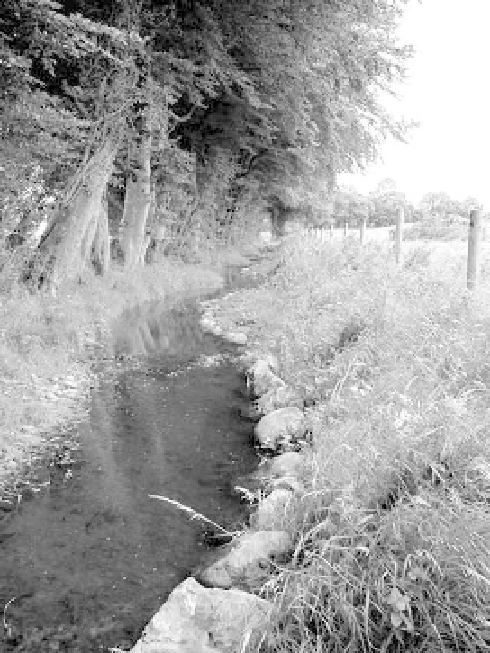Environmental Engineering Reference
In-Depth Information
Framework Directive has been instigated to address
such issues (Chave 2001) but even so each country
will inevitably start from a different point depending
on the historical use of its rivers, with issues ranging
from water quality to inappropriately engineered rivers.
The main purpose of this chapter is to present a
broad overview of the state of river restoration and
rehabilitation within Europe. This will explore the
improved status of in-channel watercourses through,
for example, the removal of obstructions and, equally
important, examine the connectivity of rivers with
respect to their floodplains. Furthermore, it will show
how river and floodplain restoration needs to take
account not only of wider catchment issues but also
the interaction between economics, policy, scientific
understanding and public perception. Together these
are integral parts of the riverine restoration process.
First this chapter provides a brief summary of the types
of historical impact that have been instrumental in
shaping the riverine landscapes in Europe today.
Second, it outlines river types in terms of flow divers-
ity, form and sediment (all of which are essential to
understanding how rivers react to change before any
restoration is considered) and their potential eco-
logical value. Third, it provides a short discussion about
current disturbances and threats. An appreciation of
how rivers have been affected by both natural and
anthropogenic change both past and present is key to
achieving sustainable river management. Yet, despite
continued scientific and political discussions about
how best to ensure the future 'health' of our rivers,
their restoration is still a relatively new phenomenon.
Nevertheless there are still good examples of re-
habilitation throughout the EU that aim to improve
biodiversity within the whole riverine environment,
even though concerns about increased flooding and
development pressure are always high on any country's
political agenda: some examples of this are outlined
in this chapter.
Fig. 11.2
Example of fisheries enhancement along a
tributary stream of Loch Ennell, Northern Ireland.
in-stream flows where intensive water extraction for
irrigation has caused severe degradation (Cachón de
Mesa 2001). Furthermore, any restoration must be
appropriate to the specific landscape and the histor-
ical heritage. Although lessons in approach may be
learnt from the USA (FISRWG 1998) and Australia
(Rutherford
et al.
2000), where restoration of rivers is
high on the agenda, the techniques applied there may
be wholly inappropriate for European rivers.
It is essential that the approaches to river restora-
tion be clearly understood and it be appreciated that
they do not necessarily provide a quick fix to a
degraded habitat. Ecological recovery requires protec-
tion and nurturing. Often the success of restoration
depends upon the lead discipline and those mainly
responsible for the management and funding. What,
for example, is the impact of government initiatives
as opposed to the non-governmental organizations
(NGOs), or public pressure and perception? The Water
11.2 Historical background to
European rivers
Wherever rivers are not confined they will change their
course as they seek to find an equilibrium state for
the specific range of environmental conditions acting
upon them. Therefore, changes in climatic conditions




